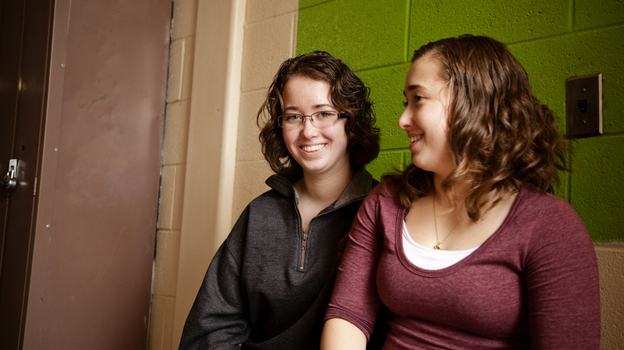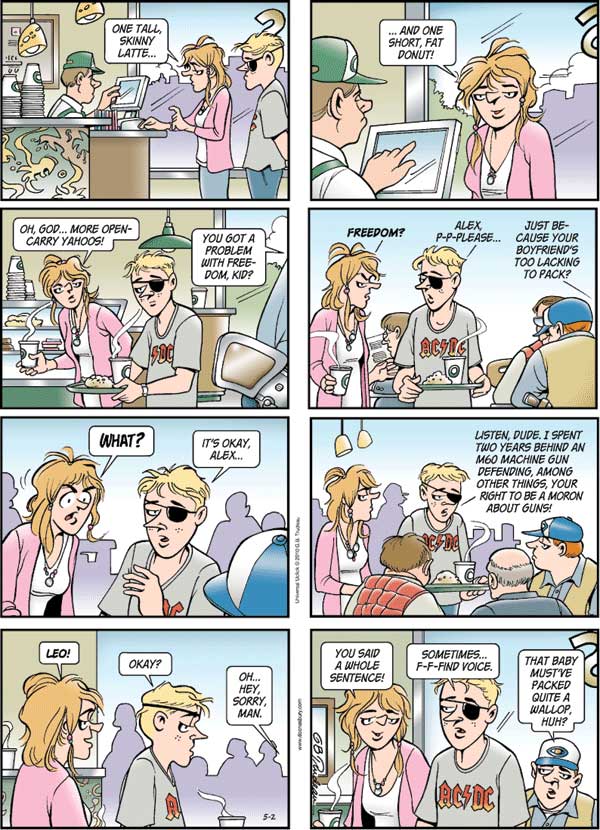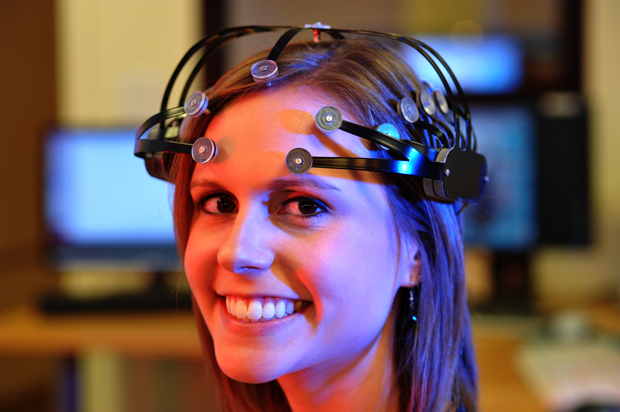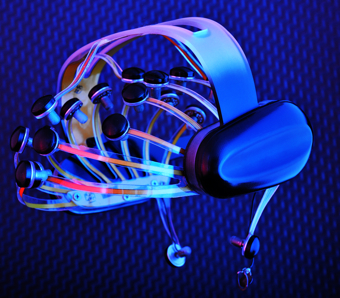Restoring speech and communication after a stroke.
http://bit.ly/q5DHkx
Sharon (not her real name) suffered a stroke. On our first meeting, I remember vividly her body language, which was much more expressive than any sentence she could put together. It displayed total openness, and her eyes said it all – “Can you help me?”
Although she understood all that took place around her, and showed this by her head nods and hand gestures as we spoke, she had significant trouble when she attempted to speak.
Rehabilitation is an essential part of the life of a person living with stroke. This not only applies to motor functioning, but also to speech and language skills.
As with a few of my other patients, without asking, she gestured me to listen to her speak. “Bow (one), bu (two), tatatata (three), orh (four) ,” she counted one to four, raising each functional left finger as she spoke.
She then raised her hands in exasperation, and gestured, “Can you fix this?”
My first thought was, “Here is a remarkable woman, a fighter,” and our journey to recovery began.
Surviving a stroke brings a new facet of life, not only to the stroke survivor, but to their loving caregivers as well.
“Stroke” by definition means “sudden”. It is commonly used in daily language, such as a stroke of luck, a stroke of lightning, and such. It is aptly use by laypersons to depict a cerebral vascular accident (abbreviated as CVA).
A stroke is the sudden death of a portion of the brain due to the lack of oxygen. A stroke occurs when blood flow to the brain is hampered, resulting in abnormal function of the brain. It is caused by blockage or rupture of an artery in the brain.
Sudden are all its changes. A stroke leads to challenges in walking, eating, everyday self-help skills, speaking, communicating, thinking, information processing, judgement, personality change, and much more.
Needless to say, the magnitude of change and the challenges it poses are different for each person, and so is its recovery.
Frightening is often a word that describes the feeling of many.
Encourage the stroke-affected person to maintain his social life. A good social life builds up one’s confidence and motivation to regain speech, language and communication skills.
Recovery after a stroke
After a stroke, some spontaneous recovery takes place for most people. Abilities that may have been lost will begin to return.
This process can take place very quickly over the first few weeks, and then, it may begin to taper off.
This can be a very frustrating time for the stroke survivor as they become aware of their limitations from the stroke.
Often, this is the period where anger or depression can set in.
During this period, and even months after, it is helpful to begin intensive rehabilitation to help with regaining lost skills.
In more recent times, researchers and clinicians have been studying and documenting the evidence of what we now know as brain plasticity (plasticine-ness if there is such a word). Although not fully understood, it is certain now that the brain is able to change, reorganising itself following damage such that the remaining healthy cells of the brain are able to take over jobs that were previously carried out by brain cells which were destroyed.
This means that certain lost functions, such as speech and language, can re-emerge as the result of intensive rehabilitation. One way to do this is to practise your speech, language and thinking skills on a DAILY BASIS.
Speech disorders after a stroke can take the form of dysarthria – commonly referring to speech problems due to weak muscles; dyspraxia – referring to the inability to coordinate and perform speech and oral movements in spite of having no paralysis or muscle damage.
Language deficits are known as aphasia. Aphasia affects all modes of expressive and receptive communication, including speaking, writing, reading, understanding and gesturing.
This can be loosely grouped into either receptive aphasia (understanding skills) or expressive aphasia (expression skills).
Needless to say, this means a myriad of possible combinations of the above challenges.
It is NOT helpful to compare Mr Ahmad to Mr Ali in the hopes of encouraging our loved ones to work hard. Constant, reliable support is a great accompaniment to stroke recovery.
Restoring speech
Speech language pathologists are qualified professionals who can assist your family by assessing, planning, working individually or demonstrating what you can do to help with restoring speech and language skills at home.
In Malaysia, most government hospitals have at least one attending speech language pathologist today.
Others can be found at private hospital set-ups, private centres or home-based visiting clinicians.
Every person can be an element of support and encouragement. Here are a few things to bear in mind:
1. Reassure the person that he/she is still needed and important. Include him/her in family activities and decisions even if the verbal output is minimal.
2. Encourage the person to maintain his social life. A good social life builds up one’s confidence and motivation to regain his/her speech language and communication skills. Invite his/her friends over (with permission) for casual chats.
3. Make speaking a pleasant experience and provide stimulating conversation. Tell him/her what’s been happening, share with him/her no matter what sort of response you get. Ignore errors when possible and avoid criticisms/corrections.
4. Take a calm, friendly, respectful approach when communicating. Remember that you are speaking to an adult.
5. Find a quiet place to talk. If not, minimise or eliminate background noise (such as television, radio, other people).
6. Allow time for the person to understand what you say and to formulate his responses.
In Malaysia, we have a growing prevalence of stroke. It has been reported that six Malaysians experiencing a stroke EVERY hour, and about 52,000 Malaysians suffer a stroke annually.
Act FAST
After countless therapy sessions and the sheer hard work that she put in daily with the support of her loved ones, Sharon now enjoys communication, speaks confidently, and is actively giving back to society in her own way.
Albeit needing more time than others, she is now back on both the mobile and email network, is able to cook, read, and drive herself places (after having her car suitably modified).
If you suspect someone of having a possible stroke, act F.A.S.T.
F – Face: Ask them to smile and see if it’s even.
A – Arms: Ask them to raise both arms and notice if one drops, or can’t be raised equally well.
S – Speech: Ask them to repeat a sentence and note if it’s perfect.
T – Time: Time is off the essence to prevent further damage, so get them to a hospital FAST.
If we have family members or colleagues at work who are at risk of having a stroke from an unhealthy sedentary lifestyle, obesity, smoking, and a failure to control their hypertension, diabetes and high cholesterol, paste this reminder on your fridge or your office billboard. You may just give them a second chance at life.
> Pamela Thomas Joseph is a speech language pathologist and a member of the Malaysian Association of Speech Language & Hearing (MASH). She will be running a workshop for caregivers on September 24, 2011, in Petaling Jaya, Selangor. For details, contact Coreen at 013-3301728 or email her at coreen@trainingtrack.biz.





















 The Mynd device is enough of an advance that medical brain researchers are taking an interest in it. The European Tools for Brain-Computer Interaction Consortium, or
The Mynd device is enough of an advance that medical brain researchers are taking an interest in it. The European Tools for Brain-Computer Interaction Consortium, or 

 Professor Allan Snyder, left, and PhD student Richard Chi, right, display their "thinking cap" on a glass head at the University of Sydney. Photo: AFP
Professor Allan Snyder, left, and PhD student Richard Chi, right, display their "thinking cap" on a glass head at the University of Sydney. Photo: AFP



